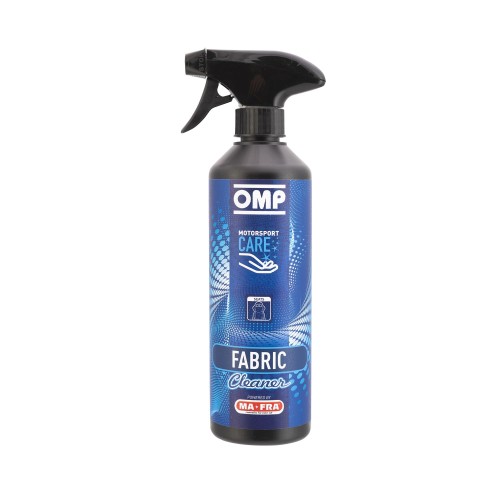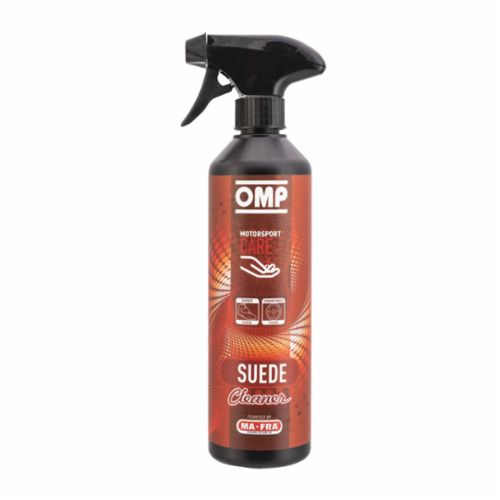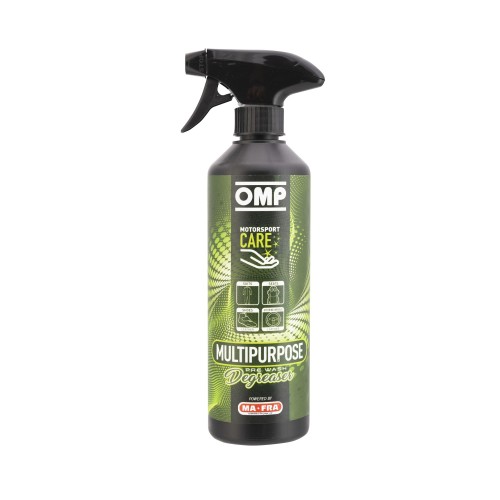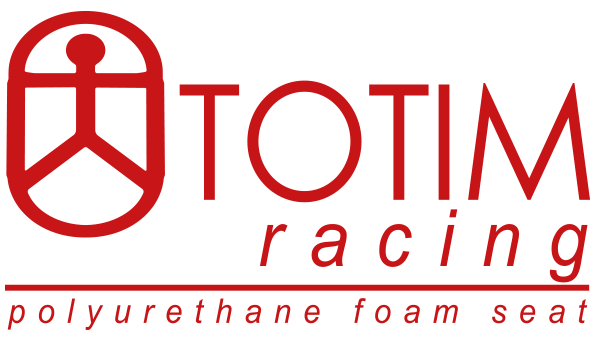Racewear Care Guide: Maximum Protection & Longevity
On November 1, 2024
Comments Off on Racewear Care Guide: Maximum Protection & Longevity

Racewear Care Guide
Maintaining your racewear is essential for safety, performance, and longevity. Below is a comprehensive care guide covering suits, boots, gloves, helmets, and underwear.
1. Suits
Material Composition:
- Suits are often made from materials like Nomex, a fire-resistant synthetic fiber, or other similar aramid fibers.
General Care Tips:
- Read the Manufacturer’s Instructions: Always refer to the care label provided by the manufacturer for specific instructions.
- Regular Inspection: Check for wear and tear, especially at seams and high-stress areas.
Cleaning:
- Pre-treatment: Use a stain remover on any spots or stains before washing.
- Washing:
- Machine Wash: If allowed, use a gentle cycle with cold water and a mild detergent. Avoid bleach and fabric softeners.
- Hand Wash: Use lukewarm water and mild soap. Gently agitate and rinse thoroughly.
- Drying:
- Air Dry: Lay the suit flat or hang it in a shaded, well-ventilated area. Avoid direct sunlight and tumble drying.
- Ironing:
- Low Heat: If ironing is necessary, use a low-heat setting and place a cloth between the iron and the suit to prevent direct contact.
Storage:
- Hanging: Store the suit on a wide-shouldered hanger to maintain its shape.
- Avoid Damp Areas: Ensure the storage area is dry to prevent mold and mildew growth.
2. Boots
Material Composition:
- Common materials include leather, synthetic fibers, and Kevlar for fire resistance.
General Care Tips:
- Inspection: Regularly check for sole wear, seam integrity, and overall condition.
Cleaning:
- Surface Cleaning:
- Leather Boots: Use a damp cloth to wipe off dirt. For deeper cleaning, use a leather cleaner.
- Synthetic Boots: Use a mild soap solution and a soft brush to clean.
- Drying:
- Air Dry: Always air dry boots. Stuff them with newspaper to absorb moisture and help maintain shape. Avoid direct heat sources.
- Conditioning:
- Leather Boots: Apply a leather conditioner periodically to keep the leather supple and prevent cracking.
Storage:
- Cool, Dry Place: Store boots in a dry area away from direct sunlight.
- Maintain Shape: Use boot trees or stuff them with newspaper to maintain their shape.
3. Gloves
Material Composition:
- Typically made from fire-resistant materials such as Nomex, leather, or other aramid fibers.
General Care Tips:
- Inspection: Check for wear, especially at the fingertips and seams.
Cleaning:
- Hand Wash: Use lukewarm water and a mild detergent. Gently scrub the gloves, focusing on soiled areas.
- Rinse Thoroughly: Ensure all soap is rinsed out to prevent irritation and material degradation.
- Drying:
- Air Dry: Lay flat or hang in a shaded area. Avoid direct sunlight and tumble drying.
Storage:
- Flat Storage: Lay gloves flat or store them in a way that prevents them from being crushed.
- Cool, Dry Place: Ensure the storage area is dry to prevent mold and mildew.
4. Helmets
Material Composition:
- Typically made from a combination of fiberglass, carbon fiber, and Kevlar for the shell, with expanded polystyrene (EPS) for the inner liner.
General Care Tips:
- Inspection: Regularly inspect for cracks, loose padding, and other signs of damage.
Cleaning:
- Outer Shell:
- Surface Cleaning: Use a soft cloth with mild soap and water. Avoid abrasive cleaners.
- Visor: Use a microfiber cloth and a visor-specific cleaner.
- Inner Liner:
- Removable Liner: If the liner is removable, follow the manufacturer’s instructions for cleaning. Usually, it can be hand-washed with mild detergent and air-dried.
- Non-Removable Liner: Use a helmet liner spray or mild soap solution to clean.
Storage:
- Helmet Bag: Store in a helmet bag to protect it from dust and scratches.
- Cool, Dry Place: Avoid storing in extreme temperatures or direct sunlight.
5. Underwear
Material Composition:
- Often made from moisture-wicking and fire-resistant materials such as Nomex or other aramid fibers.
General Care Tips:
- Inspection: Check for holes, fraying, and other signs of wear.
Cleaning:
- Washing:
- Machine Wash: Use a gentle cycle with cold water and a mild detergent. Avoid bleach and fabric softeners.
- Hand Wash: Use lukewarm water and mild soap. Gently agitate and rinse thoroughly.
- Drying:
- Air Dry: Lay flat or hang in a shaded, well-ventilated area. Avoid direct sunlight and tumble drying.
Storage:
- Fold Neatly: Store in a drawer or storage bin.
- Cool, Dry Place: Ensure the storage area is dry to prevent mold and mildew growth.
Additional Tips
- Avoid Direct Heat: Excessive heat can degrade the materials and reduce the protective properties of your racewear.
- Separate Washing: Wash racewear separately from regular clothing to prevent contamination and preserve the material’s properties.
- Use Mild Detergents: Strong detergents can damage the fibers and reduce the fire-resistant properties.
- Regular Maintenance: Routine care and maintenance will extend the life of your racewear and ensure it performs effectively when needed.
By following this detailed guide, you can ensure that your racewear remains in top condition, providing maximum protection and longevity.
GPR does not claim the copyright to all images used in this blog. When copyright is unknown, we have not been able to seek permission for image use and will remove immediately any infringing content upon request.














































